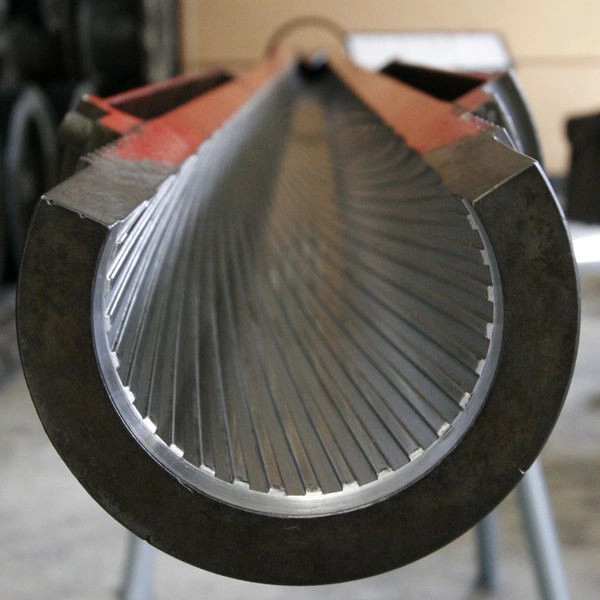Cause, you know, might as well find more excuses to shoot!
I have a .308 that I am shooting 155 Lapua Scenars and AR2208, also known as Varget.
It’s not like this is in any way a groundbreaking combination – so, knowing that it was a path already well walked – I thought I would compare a couple of different methods of assessing loads.
Now, to be clear, I in no way claim to be an expert, nor particularly adept at reloading – it’s something I am still learning, and still have a way to go. So, please, see something strange/wrong/incorrect conclusion – please pipe up and let me know – preferably with links to more reading so I can keep learning and refine my knowledge.
Different methods, same results?
I have previously used the OCW1 methods for testing loads. Dan Newberry’s method is well regarded and considered once of the simplest, but most accurate methods. However, I have read a couple of articles that also allude to methods of using velocity over the chronograph, instead of anything happening downrange to develop loads. The 6.5 Guys being the one that has stuck in my head the most.
I thought it might be interesting to basically run both tests alongside each other and see if they came up with similar results. I would have really liked to also have worked something in with OBT2 in there as well, but need to get Quickload for that, so, next time.
I knew, from reading online, and previous shooting with this rifle – that there was going to be a sweet spot/node around the 44 to 46-grain range. I already have a load that is closer up to 47+ – but that is well over factory recommended, and, I can feel that it does beat the rifle around a bit. However, it also stays supersonic to over 1k, and since this has always been the ‘1k’ goal rifle – it made sense for me to try and keep it up there. However, having now hit that 1k steel a couple of times, and recently read up a little more about Brian Litz’s custom curves and transonic flight, I thought I could back off a little and optimise it the rifle more for the 500-800 meter range.
Loaded and ready to go.
I loaded up a series of charges, then headed out to the deerstalkers to shoot them.
I was ROing the main range in the morning, so once done, setup to shoot the box of loads in the afternoon.
Strapping the Magnetospeed to the front of the rifle, I started working my way through.
I hadn’t shot in awhile, so it was also good just to be able to practise the fundamentals over and over again. Natural point of aim, trigger control, all the basics which are so easy to forget about when you get all excited behind a firearm.
Don’t bother with calculating SD – will do that for you shortly.
Now – remembering that this is at 200…
OnTargetTDS OCW
I combined the two A3 targets into one A2 sized scan and loaded them into OnTargetTDS, calibrated the sizing and entered in the groups.
The cool thing3 within OnTargetTDS is it’s ability to calculate and report on OCW testing. Just load up all the groups and hit the button! You get a report the measures and lets you know where you experienced the smallest shift between points of impact between different groups.
Looking at the chart, the smallest is at group six – from five to six was 24.42mm and, from six to seven was 30.96mm. Based on Dan’s methodology, this would then be the ‘node’ to explore.
Series six was 45.1 grains.
6.5 Guys Spreadsheet
The 6.5 Guys had put up their worksheet – so I also loaded that up and entered in the details I had recorded.
For their methodology, they are looking at two things – the lowest SD and where the trend shows a ‘flat spot’ in regards to a changing median.
Median – being the ‘middle’ of the velocity of that particular load – that velocity being the average of the three shots and therefore also affected by the SD. Velocity will affect vertical spread, so, knowing there is an area where there is some consistency (ideally in both median and SD) also indicates a stable load that will not be majorly affected by environmental or load variation changes.
So, above we have the nine strings and their corresponding recorded velocities loaded in. The chart below that shows the results and the trendline is based on the median of the results.
What we see is a ‘flat spot’ at series two, and, oh look, another flat spot around series six. Not as flat as two, but also closer to the lowest SD, and, up in a velocity band that is acceptable to our intended use (2600 is a bit low for a long range rifle).
By their methodology then, we would be looking to hone in and refine the charge weight about series six. The same as the OCW testing method.
But what does it all mean?
Likely just that I tend to fluff around too much with reloading.
However, another way of looking at it is that two different systems seem to have both highlighted the same load to continue work around. One based on physical shift of the group impacts, the other, measuring velocity at the barrel and looking for a stable section of the chart.




